Part 2: The Message
2.5 Tell me a story!
Learning Objectives
- To discuss the role of narrative in risk communication.
- To identify the potential ethical considerations when drafting a narrative.
- To list the components of narrative and explain the role of each in a compelling narrative.
- To extend this knowledge to create your own narrative around an issue and incorporate aspects of narrative arcs.
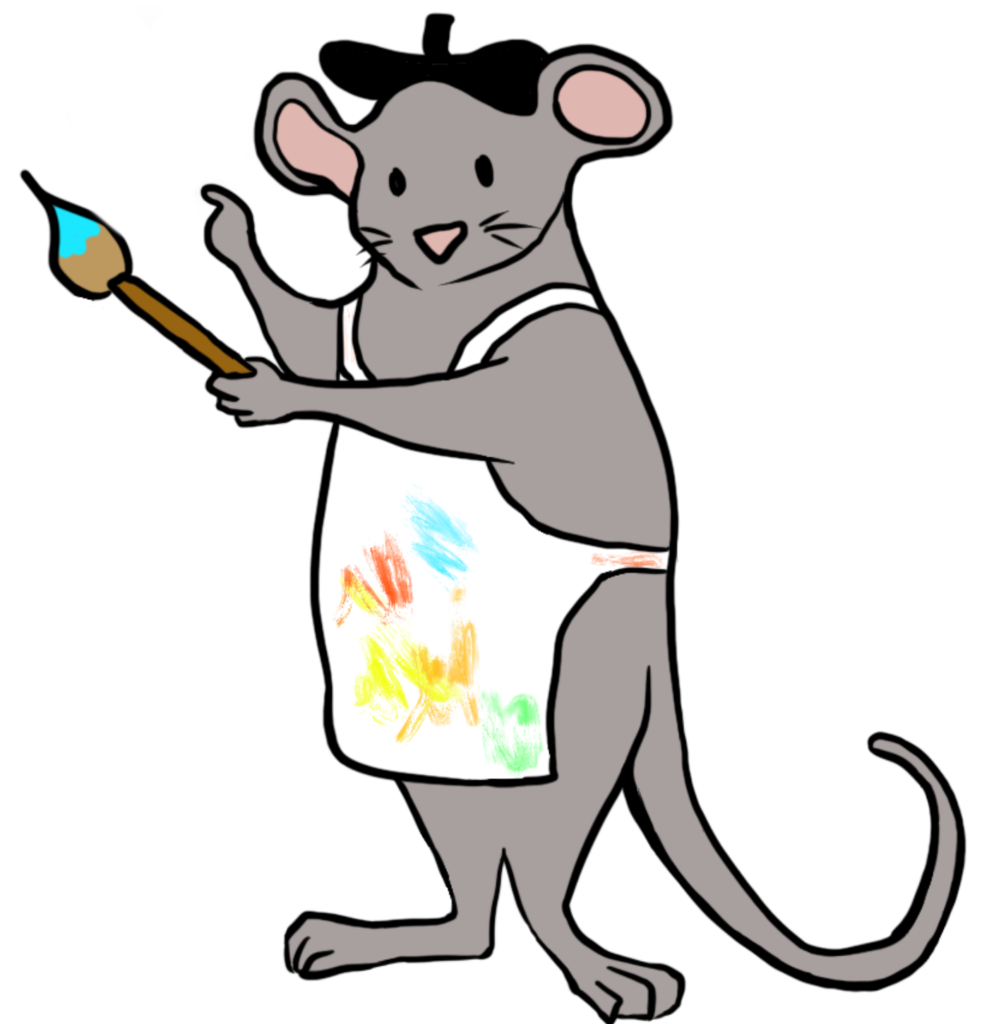
The narrative model

The ultimate aim of science communication is to convey scientific information that can in turn be used by people to understand the world around them and to inform decision making. Because we often hold the view that “more facts = better decisions”, one common form of science communication is called the “Logical-Scientific Model (LSM)” which focuses on sharing facts repetitively. This form of communication essentially holds that the audience is an empty vessel, waiting to be filled up with knowledge. However, this model of science communication is largely ineffective because: 1) people are busy and no one is waiting for you to fill their heads with knowledge; and 2) decisions themselves are not based on facts alone – they are also based on emotion (Jones and Crow 2017).
A more effective model for science communication is the “Narrative Model”. Narratives are stories, which are easier for audiences to understand (i.e., faster reading times, and improved comprehension) and are more memorable. They also match the framework through which public audiences receive much of their other information (i.e., via mass media and news outlets) (Dahlstrom 2014). Dahlstrom (2014) identifies three ways in which narratives differ from the LSM of communication:
- LSM provides a set of abstract truths that individuals then apply to specific cases to make some sort of prediction (deductive reasoning). Narrative goes the other way — it begins with a specific case (a story) and from that, individuals draw conclusions about what the overarching abstract truths must be (inductive reasoning).
- LSM is based on facts which are context-free — you can chop them up or drop them into any scenario and they will remain understood. Narrative depends highly on context, deriving its meaning from the ongoing story rather than the overarching facts. You can’t break a narrative down into smaller pieces in the same way without losing the meaning of the narrative.
- LSM is judged on the accuracy of its claims/outcomes, whereas narrative is judged on the appearance of its claims/outcomes — does an individual perceive the narrative as having truth and/or meaning for them. This is why we have “post-truth” and “alternative facts”, and why facts rarely beat narrative.
We are wired for narratives
Narrative is thought to represent the “default mode” for how we think, allowing us to structure our reality and also acting as a basis for memory. In fact, Dahlstrom suggests that narrative benefits all areas of information-processing: motivation and interest, allocating cognitive resources, elaboration, and transfer into long-term memory
The emphasis on narrative may have an evolutionary explanation too! That’s because narratives can allow us to explore and simulate other realities (e.g., what might happen should we take one action or another) and extrapolate a suite of potential outcomes from events which in turn helps us to make decisions (Iseke and Brennus, 2011). It allows for situation-based learning. As such, it can also allow us to make inferences about the actions and motivations of others (Dahlstrom 2014).
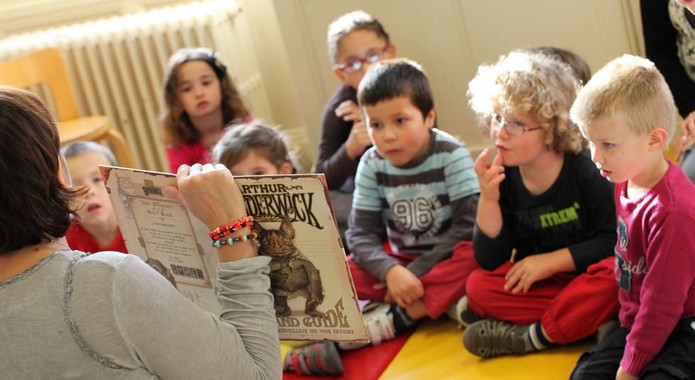
Exercises
The Role of narrative in risk communication: the Elaine Bromiley Story
by Laura Duggan (SPPH 525 2020W1)
I would like to share how a compelling narrative of risk changed medical culture and saved lives in multiple countries and motivated me to get over my fear of public speaking to teach a better way of practicing airway management.
Martin Bromiley tells the story of his family here:
The inquest of the 2005 death of Elaine Bromiley can be found here:https://emcrit.org/wp-content/uploads/ElaineBromileyAnonymousReport.pdf
Elaine Bromiley suffered severe brain damage and death as the result of a ‘Can’t Intubate Can’t Ventilate’ (CICO) emergency occurring during a routine operation. The risk narrative? CICO can occur during any airway management situation, no matter how ‘minor’. Martin Bromiley, a commercial pilot with an interest in human factors and crisis resource management, did not seek compensation for this devastating experience. His human factors background provided a framework to understand how life-threatening errors in judgement occur despite in-depth training and experience. He could not understand why, if checklists, team training and a culture encouraging speaking up and listening existed in aviation, why was it inconsistently embraced in healthcare? Martin Bromiley met with those involved encouraging them to return to work and share their experience with others. He created https://patientsafetymovement.org, a non-profit organization dedicated to teaching the central role human factors and communication to prevent patient harm.
Medicine has traditionally been a competitive, individualistic profession. We compete against one another for medical school admission, and throughout training evaluation and competency assessment is a solo expedition; you pass or fail alone.
Yet modern healthcare is anything but a solo expedition. Teams of various disciplines and professions work together, ad-hoc, under stress, at all hours, with the goal of excellence in patient care. During infrequent emergency situations, we often become single-minded, losing track of time and our situational awareness, often despite the presence of others who can help. Healthy team dynamics; leadership, communication, a clear vision of the overall situation dissolve. The quote, ‘We don’t rise to the level of our expectations, we fall to the level of our training’ applies. Under stress, without practice in team-training, we can easily become solo workers (http://www.royalcollege.ca/rcsite/ppi/educational-resources-e). Add a pinch of rudeness and teamwork shatters (https://pediatrics.aappublications.org/content/136/3/487).
The experience of the Bromiley family is not unique, but Martin Bromiley’s response to it changed the world of airway management. Guidelines specifically addressing the CICO emergency have been created in multiple countries. Cricothyrotomy, or cutting the neck to provide oxygen, is now standard training for all airway managers, not just surgeons. CICO has become an intense area of research and training(https://emcrit.org/emcrit/surgical-airway/). Although a CICO situation may occur only 1-2 times in one’s career, formal training and pre-scripted predictable management, similar to ACLS (advanced cardiac life support).
The experience of the Bromiley family cannot be changed, but the culture of medicine can and is changing due to this narrative.
Narrative ethics
As we have covered, narratives are powerful. They engage audiences and are able to persuade without needing to justify how accurate their claims are. Indeed, this enhanced engagement with narrative over fact alone can make it difficult for an audience to generate counter-arguments to narrative, whether the narrative is true or not. Even fictional narratives give audiences a lens through which to view the world (and of course, some fictional narratives may contain accurate claims). Because of this, narratives can change behaviours and beliefs – a positive outcome for science communication efforts – but can also perpetuate misinformation.
Dahlstrom and Ho (2012) discuss three central ethical issues to consider when using narrative in science communication:
Comprehension vs. persuasion: What is the goal?
Is the goal of the narrative to improve comprehension or to persuade an audience? When seeking to improve comprehension, ultimately we are working within a model of “public engagement in science”. This model encourages dialogue with the audience, and that dialogue may involve controversial topics, and it does not necessarily aim to reduce the controversy. Ultimately, through dialogue this improved comprehension will advance the issue, and result in an increased number of people included in science. On the other hand, persuasion fits within a model of “public understanding of science”. While it may seem similar to the model for comprehension, this model holds that if the public possesses the necessary knowledge, then controversies will resolve and point toward the desired endpoint of the communicator.
This leads to another sub-question: is the aim to create agreement or foster personal autonomy? Narratives in science communication may lead to a shared, preferred outcome (persuasion), or to empower individuals to make their own choices with the information they hold (comprehension). For example, a narrative aimed to persuade might reward a character for making the “preferred” choice (e.g., a character who practices social distancing and wears a mask does not acquire SARS-CoV-2, while a character who does not practice social distancing and does not wear a mask gets sick with the virus). In contrast, a narrative which seeks to provide audience members with the personal autonomy to make the best decision for themselves might instead feature characters with multiple decisions and the considerations behind each (e.g., a character has multiple choices for how to socially distance and spend time with friends, and they make that decision based off of the information provided to them such as their friends’ comfort, health status, and the setting). Depending on the aim of the communications plan, the narrative approach may choose one over the other.
How accurate must the narrative be?
Deciphering what truths to preserve and what can be relaxed within a narrative can be challenging. Metaphors, analogies, and the personification of objects with human feelings may not be “true” but may help an audience member understand a greater truth within the narrative. Overall, it is important to determine how representative your narrative will be, and identify any potential benefits or drawbacks of deviating from the truth. For example, a narrative about climate change might choose to explore our future in an “extreme scenario” of >4 degrees Celcius of warming (yikes!). This extreme might not be truly representative of the reality (fingers crossed for the future!!) but might be more motivating for the audience, thereby leading toward the aim of the communication. Therefore, not only must we determine the goal of our narrative, but also critically assess each component of our narrative to ensure that it aligns with our objectives and doesn’t distract or detract from them.
Should we be using narratives in communications?
Dahlstrom and Ho (2012) ask the question as to whether showing a scientist as a storyteller violates society’s expectations of science as a logical pursuit? However, narrative is frequently used in communicating disinformation, so if scientists don’t use narrative wouldn’t it be unethical to lose the benefits of this style of communication?
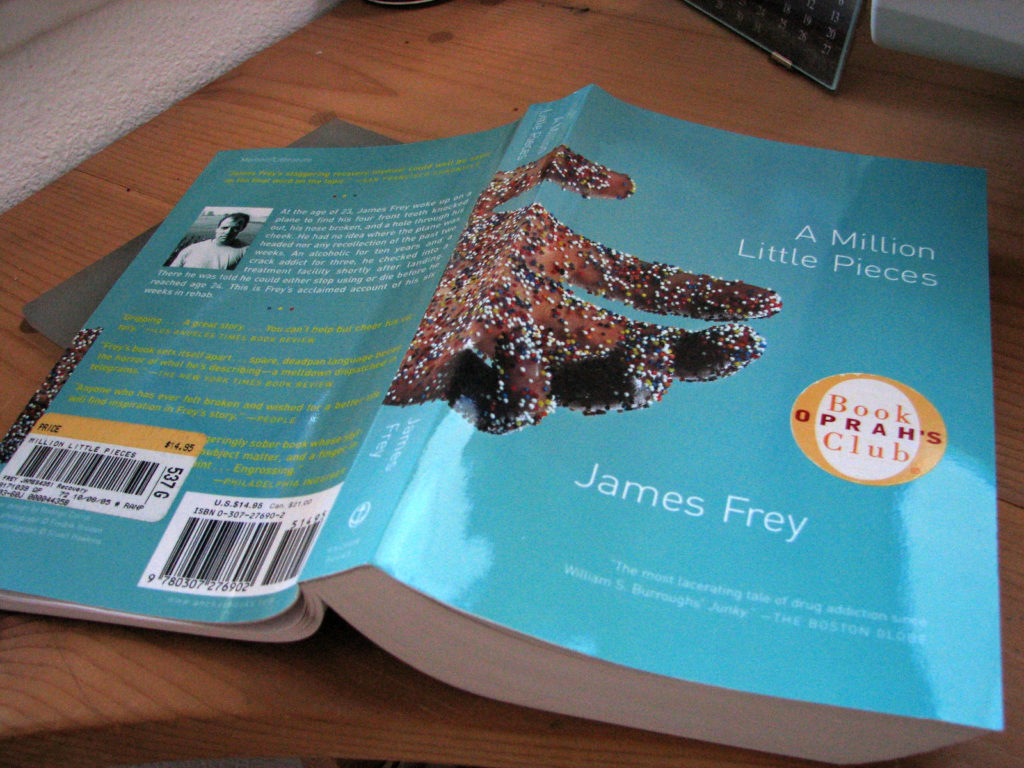
Story components
Unlike scientific facts, which do not require context, narratives have many dimensions – they have layers. They involve characters (scientists, policy makers, community members etc.), causality (i.e., cause-and-effect relationships between issues and events), and temporality (i.e., they take place over a particular time period). How do you draft a compelling narrative? Shanahan et al. has outlined some of the key components to an effective narrative for science communication related to policy, including:
Setting
Just as a setting in a novel includes where the story takes place (both physically and contextually), a narrative for science communication has a setting which includes the ideas, facts, and characteristics related to the issue. For example, the setting for a narrative about the risks of smoking for lung health might include where the issue is being addressed (e.g., in shared public spaces), the history and facts of the issue in that area (e.g., how many people are affected, the current legislation around smoking in public etc.), as well as how the issue is generally seen by the public (e.g., most people view smoking in public as either acceptable or unacceptable).
Characters
The characters of a story will drive emotion. Stories have characters central to the story, they may be human or non-human. These may be the people who are harmed by a risk (e.g., those harmed by cigarette smoke), or the “villains” who inflict the harm (e.g., cigarette companies), or comparatively, the “heroes” who aid in protecting the victim (e.g., regulatory bodies or health care workers aiding patients). Each of these characters will elicit a different emotion in the audience, and the more an audience connects with the character, the more persuasive the story will be (Jones et al. 2017).
Plot
The plot of the story ties together the characters with the setting and identifies the relationships among these entities. The plot often identifies a conflict to be overcome (i.e., the issue at hand) and will identify causality. For example, in the context of lung illness due to cigarette smoking, the issue to be overcome might be increased occurrence of smoking in public places with increased rates of lung cancer among those living near these areas.
Moral
Ultimately, your story should address “What is the Point?”. You’ve told your story with the setting, characters, and plot in place, now what solution is there to the problem? What value or moral do you want the audience to come away with? When related to policy, the moral is a solution to a policy problem. For example, in the example given here it might be the development of policies that prevent people from smoking cigarettes near public establishments.
Example
This Sussex Safer Roads communications ad. Consider: How do you feel when you watch this video? How does this ad achieve that emotion? Are all the mentioned components of storytelling present?
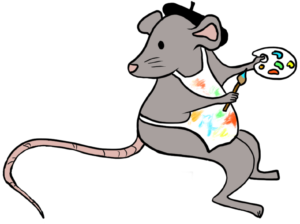
How to build a narrative
Step 1. Mission and narrative ethics
First consider your aims – what central piece (or key pieces) of information do you want to share and why? Are you aiming to persuade or improve comprehension?
Step 2. Audience
Next, understand your audience. As we have highlighted repeatedly in this course, your audience determines all aspects of your communications. When considering your audience for a narrative Shanahan et al. (2014) highlight that it is important that you consider how “congruent” your story is with the audience’s pre-existing understanding of the world. The more a story aligns with an audience’s beliefs, the more convincing or persuasive it will be. The congruence of a story will strengthen pre-existing beliefs (Shanahan et al. 2014) and is more likely to be remembered in the way that the communicator intended (Jones and Song 2014). To integrate aspects of congruence into a narrative, consider the language, symbols, and references that can be incorporated that the target audience already recognize as part of their belief system. This requires background research of the belief systems of your target audience (i.e., through audience analysis).
Step 3. Setting and characters
After determining the mission and audience, it’s time to set the scene (i.e., where and when the story takes place and the relevant information contextualizing the issue) and the characters (i.e., who’s story will you tell?). For both setting and character consider whether these aspects of your narrative will also be congruent with your audience’s perceptions (i.e., will your “hero” resonate? Or might an audience view this character differently?).
Step 4. Build the plot
To build the plot of the narrative, consider the issue that you are trying to solve. Using the scientific evidence relevant to the narrative, identify the “problem” and provide context of the “cause” of the problem as well as how the issue could be solved. Once again, depending on the aims (comprehension vs. persuasion) there may be one or many solutions.
Step 5. Propose the solution
Finally, propose the solution to the problem you have posed. Just as the plot is built using evidence to contextualize the issue, so too should the solution be backed up with evidence.

Storytelling Frameworks
There are many different narrative frameworks for telling stories. Some commonly used and effective storytelling frameworks you can implement in your own science communication are:
The Hero’s Journey
Based on the work of Joseph Campbell and his study of the monomyth, the Hero’s Journey is the central arc common to so many cultural myths (from Beowulf to Harry Potter) and tales across time and space. The Hero’s Journey centres around overcoming conflict, and the basic story arc involves: Call to adventure, Assistance, Departure, Trials, Approach, Crisis, Treasure, Result, Return, New life, Resolution, Return to status quo. In science, the conflict can be opposition to science or critiques, developing a new method, addressing a gap in knowledge etc. Using this framework, the scientist may be a hero, but it may also be a patient or subject involved in the science.
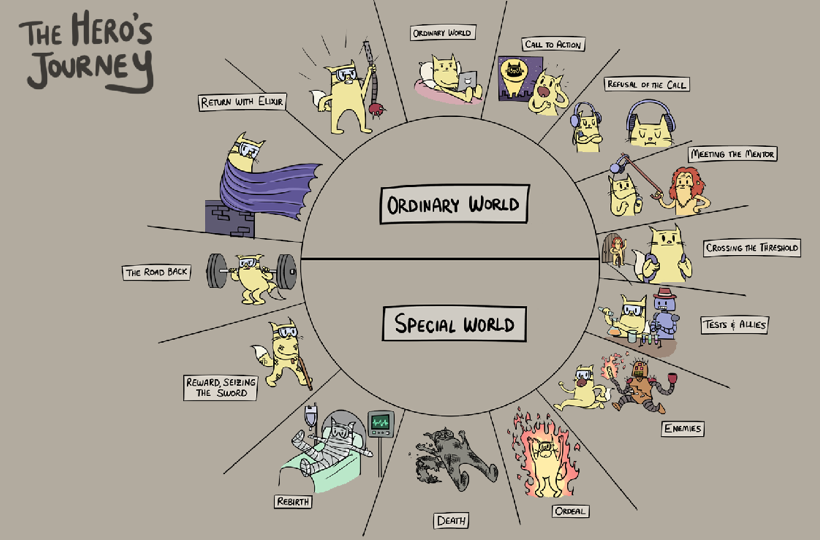
And, But, Therefore
The ABT statement is one of the most fundamental storytelling structures. Similar to the hero’s journey, this format centres around conflict: “______________ and _____________ but, ___________ therefore, ____________”. In this format, the narrator sets up the background or context of the story (‘and’), introduces conflict or an issue (‘but’), and resolves that issue (‘therefore’). The nature of cause-and-effect is also highlighted between the relationship and the conflict (‘but’) and resolution (‘therefore’). Further, this structure moves from “story” to “plot”. For example, a story need not contain cause and effect; its structure may simply follow “_______ and ________ and _________ and…” whereas by including a causal link (“but, therefore”), the story incorporates a plot which in turn improves meaning (Martinex-Conde and Maknik, 2017).
Save the cat
A catchy way of describing part of Hollywood screenwriting’s narrative arc, from Blake Snyder’s books of the same name. The save-the-cat scene happens early in the film and establishes a bond between viewer and protagonist that paints the protagonist as the hero of the story. This brief video gives some examples of “saving the cat” in film.
News values
Media outlets use a number of additional techniques to improve audience engagement and content resonance. To further target your communication to non-expert audiences, consider leveraging these values which include: novelty, geographic or cultural proximity to the audience, personal relevance, and timeliness (i.e., when developing your message remember to draft with your key audience in mind).
Takeaways
Takeaway Tweet
“‘If there’s a fire, I’m dead’ – Verna Marzo’s story confronts poor building design that limit accessibility and put lives of people with disabilities at risk. #Personalnarratives help others understand a message and stick with us.”
– Laura Chow
 Key Takeaways
Key Takeaways
- Narrative stories are one of the fundamental ways humans communicate and learn about the world around them.
- While they can be a useful tool for science communication, it is important to understand the ethics of applying narrative to this type of task.
- Having a clear vision of the storytelling essentials and frameworks is vital before you begin building a narrative.
Media Attributions
- Fig 2.3.1 Research as a Story © Armin Mortazavi is licensed under a CC BY (Attribution) license
- Woman reading picture book to children © Wikimedia Commons is licensed under a CC BY-SA (Attribution ShareAlike) license
- A Million Little Pieces © Emdot (Flickr) is licensed under a CC BY (Attribution) license
- Architectural Blueprint © Lorenzo Cafaro (Pixabay) is licensed under a Public Domain license
- Fig 2.3.2 The Hero’s Journey © Armin Mortazavi is licensed under a CC BY (Attribution) license

